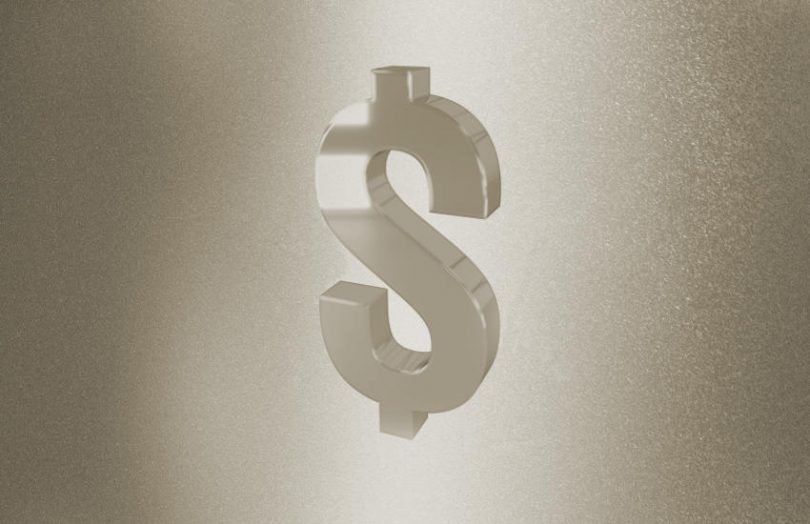Yesterday the U.S. Federal Reserve published a paper exploring the impact on monetary policy of potentially issuing a retail central bank digital currency (CBDC). It considers a scenario where the digital dollar were to be widely adopted for both payments and as a store of value. In that case, it could result in the Federal Reserve needing to buy more Treasuries and having a permanently bigger balance sheet.
For context, the Federal Reserve already holds $5.8 trillion in Treasuries or roughly a quarter of the total supply of $23 trillion. In January 2020, the figure was $2.4 trillion out of a $16.7 trillion supply or 14%.
Key assumptions in the research are that the digital dollar would only be available to U.S. households and businesses and would not earn interest. Financial institutions do not hold significant amounts of CBDC for the analysis. Demand for reserves from commercial banks is assumed to be steady, which is acknowledged might not happen in practice.
If consumers swap cash for CBDC, it has little effect on commercial banks or monetary policy. However, if consumers swap trillions of bank deposits for CBDC, the impact will be significant.
The first impact is bank deposits will decline, and commercial banks will reduce the reserve deposits held at the central bank. Initially, the Federal Reserve’s balance sheet mix changes, but the total size remains the same. However, the aggregate size of commercial bank balance sheets shrinks.
There’s a reasonable likelihood that some banks will want to increase their reserves. One approach would be to offer more attractive deposit rates to consumers, putting upward pressure on interest rates. The paper acknowledges that these higher rates could reduce demand for CBDC because it’s not remunerated but ignored this for the analysis.
Potentially the upward pressure on rates could happen quite rapidly. In the short term, the central bank could offer the discount window and repo facilities to bring down the rate. However, if the demand is persistent, the Federal Reserve might purchase Treasuries, increasing the reserves available to commercial banks. The net effect is that the Federal Reserve has a larger balance sheet and holds more Treasuries.
The paper also explores the demand for a retail CBDC, which is unpredictable. For example, high demand during periods of financial stress might complicate the Federal Reserve’s balance sheet management. And when interest rates are low, there might be a higher demand for a CBDC that doesn’t offer interest.
Meanwhile, the banking sector has responded to the Federal Reserve’s consultation on a digital dollar. The American Bankers Association can’t see the justification, while others are concerned that banks will incur costs of being a CBDC intermediary with little benefit. And in a Congressional hearing last week, Republicans pressed on whether the Federal Reserve would be willing to proceed if Congress didn’t enact supporting legislation.






